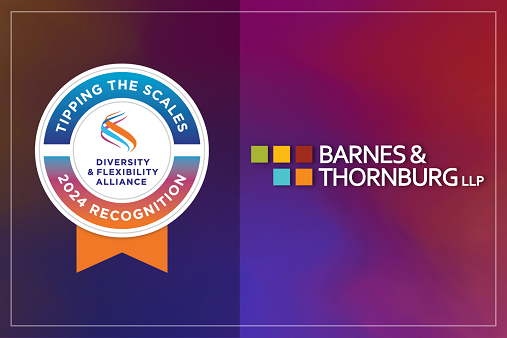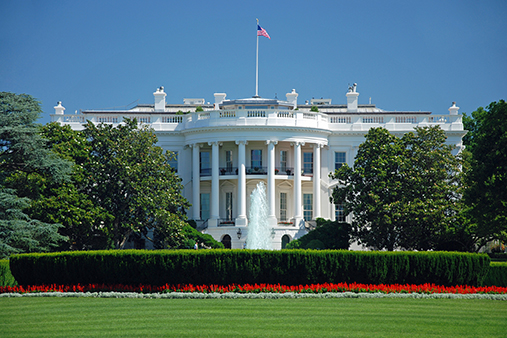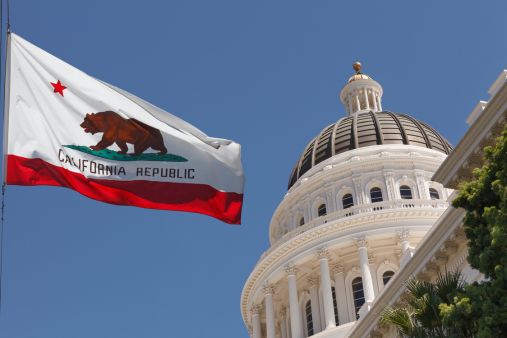In a recent Third Circuit opinion, the NLRB got a little lesson in legal analysis. In MCPc, Inc. v. NLRB, Nos. 14–1379, 14–1731, 2016 WL 559219 (3rd Cir., Feb. 12, 2016), the court instructed the Board regarding the correct legal test to be applied to an employee’s unfair labor practice claim. The Board’s Wright Line decision has for years been the correct standard for determining whether an employer’s decision to discharge an employee was improperly motivated by the employee’s protected activity. Wright Line, 251 N.L.R.B. 1083 (1980). The Board has subsequently cited Wright Line thousands of times, but apparently it needed a little refresher on it in MCPc Inc. Jason Galanter worked for MCPc, Inc., as a senior solutions architect based in Pittsburgh. During an employee lunch outing between other solutions architects and a few engineers, employees discussed how busy they were due to the company’s shortage of engineers. The company’s director of engineering was present at the lunch, and Galanter urged him to hire more engineers. Galanter further stated that the company could afford additional engineers with the $400,000 salary it was paying a recently hired executive. Two other employees at the lunch expressed some agreement with Galanter’s statement. When the company’s CEO learned of the comment about the executive’s salary, he investigated as to how Galanter learned of the confidential salary information. Galanter was subsequently terminated. Galanter filed a complaint with the NLRB, and the Board found that MCPc, Inc., violated the Act for discharging Galanter based on his complaints about workplace conditions. The general counsel argued that such complaints were protected concerted activity, and both the ALJ and the Board agreed. The company appealed to the Third Circuit, arguing in part that Galanter’s discharge was not motivated by the protected activity, but rather it was motivated by the following rationales:
- Improperly obtaining confidential salary information;
- Disseminating that information; and
- Lying to the CEO about where he had obtained the information.












